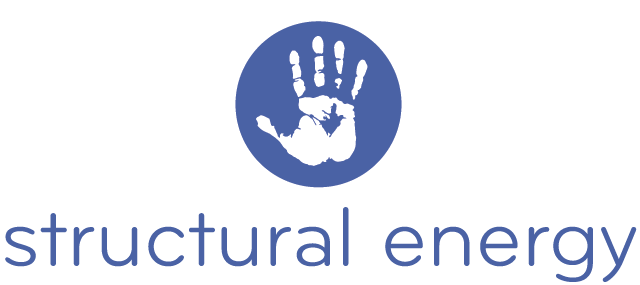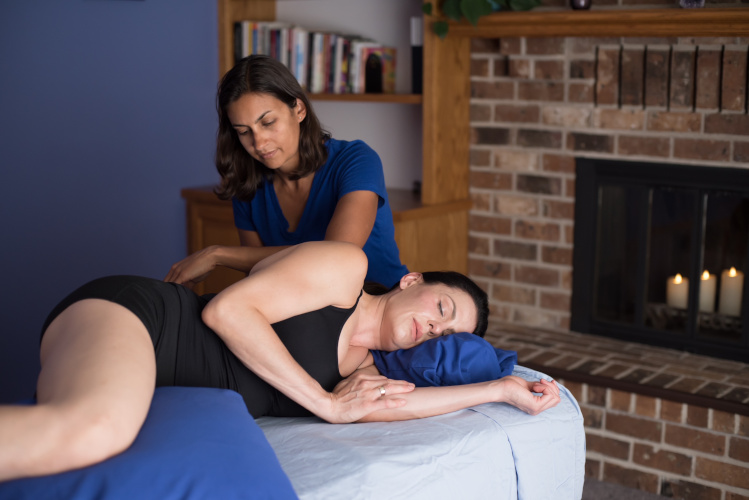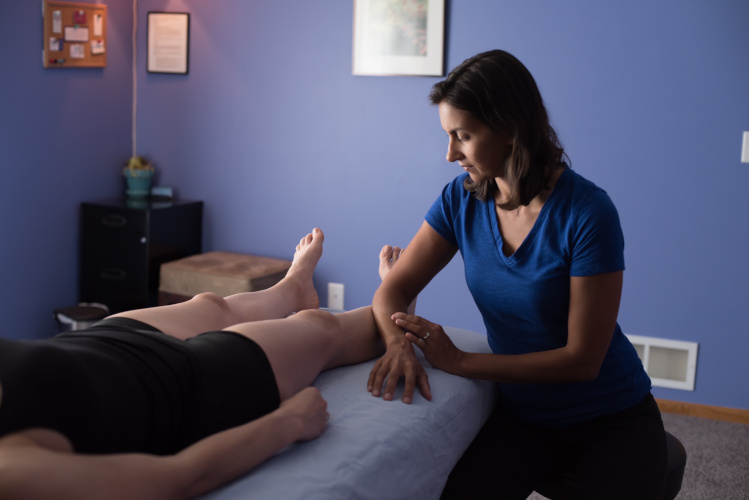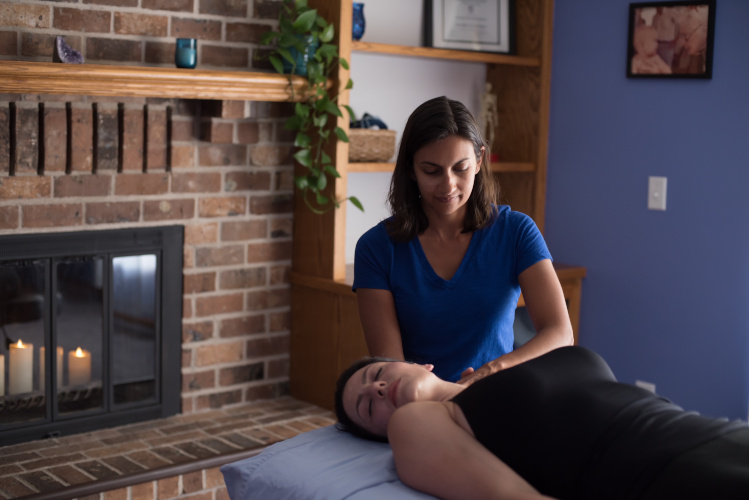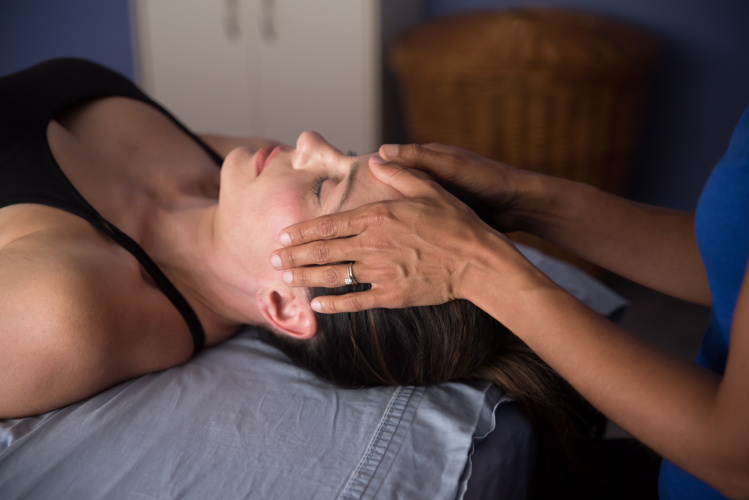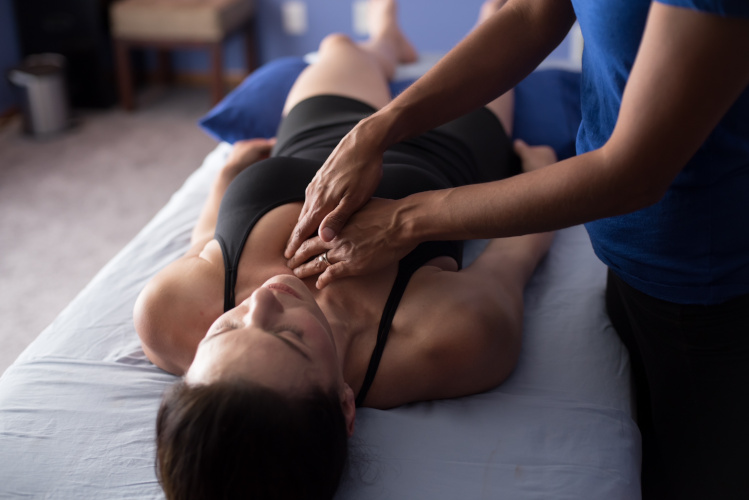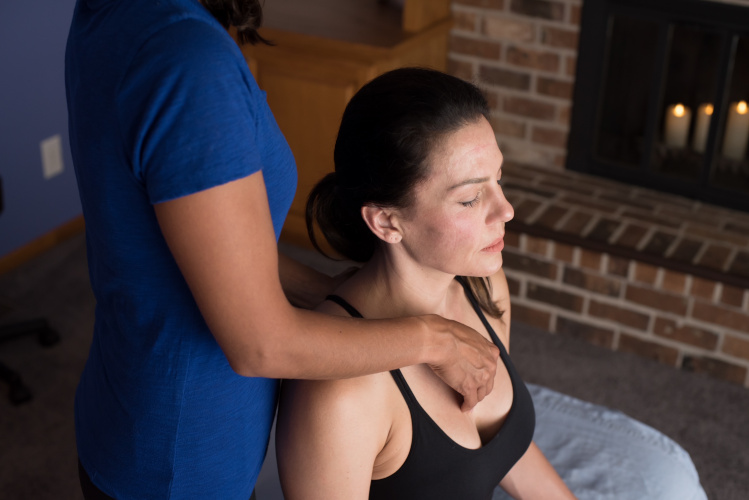“Take care of your body. It’s the only place you have to live.” -Jim Rohn
The results and benefits of Rolfing SI are many:
• Long-lasting relief from chronic tension
• Greater flexibility and range of motion
• More relaxation, less stress
• Feeling more present in your body
• A balanced body equals a balanced mind
• Increased body awareness
• Greater health and well-being
• Move with greater ease
• Increased coordination
• More physical and emotional energy
• Enhanced recovery from injuries and trauma
• Overall improvement in athletics and yoga
• Improved scoliosis by releasing tissue that pulls on the spine
The 10-series
The 10-series program is designed to sequentially work a different part of the body, beginning with the outer layers (Sessions 1-3), accessing the core (Sessions 4-7), and leading up to final integration (Sessions 8-10). Sessions always begin with a structural analysis, and end with both neck work and a pelvic lift to serve as closure and to help promote a healthy spine. Here is a break-down of what happens in each session:
pricing
I charge $180 per session with discounts on prepaid packages:
• 3-series for $500
• the 10-series for $1,600
I accept cash, check, Venmo, major credit cards, as well as HSA cards. Payment is due at the time of visit.
History of Rolfing Structural Integration
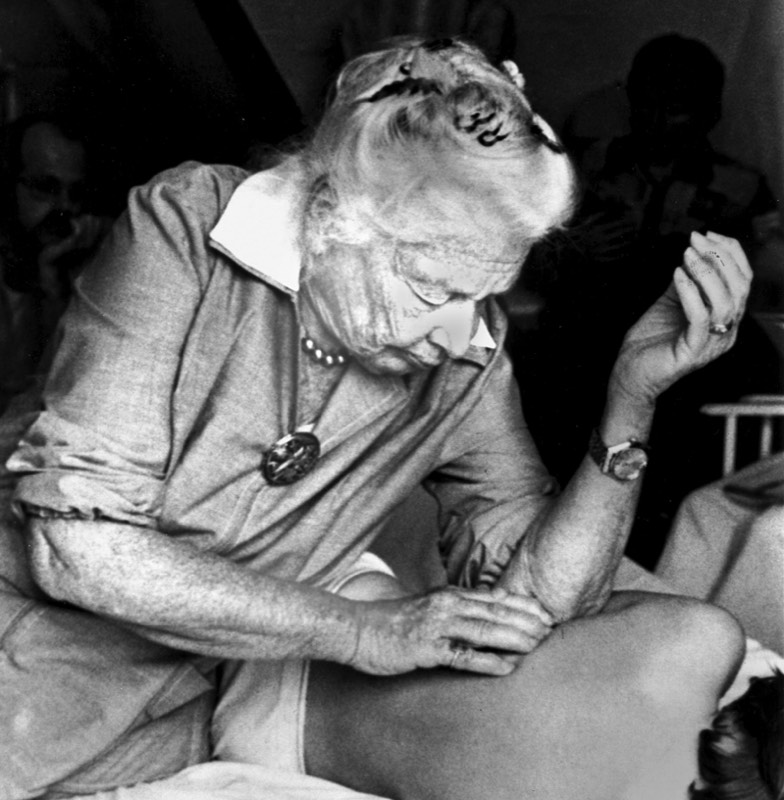

I’m moving and feeling better than I have for 10 years.
I would highly recommend the Rolfing sessions. My range of motion and flexibility have improved while my chronic back pain has diminished. -Dr. Jim S., age 50
The first session had a huge impact.
Rolfing has been a wonderful experience for me. Jennifer’s work allowed my breath to come naturally from my belly, something I had tried for years, but could not do with ease. My body feels more integrated and moves more fluidly, even first thing in the morning when I arise from my bed. -Amy S., age 52
I feel that my body is more in balance and is much more flexible, and I attribute that solely to Rolfing.
Since beginning my Rolfing sessions, I have noticed a definite change in how I feel after I have done some strenuous exercising. Working on a Stairmaster, I notice that I have none of the soreness in my legs that I had experienced in the past. -Joelle T.
read more testimonials
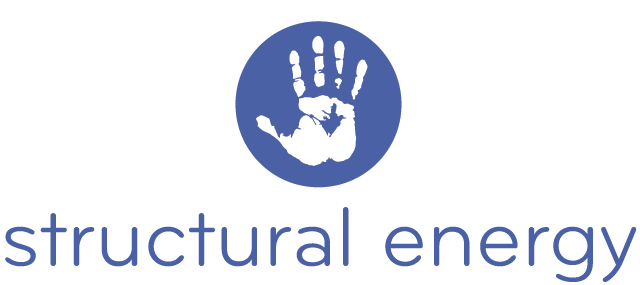
Structural Energy
7024 Beacon Circle
Eden Prairie, MN, 55346
651-343-0568
© 2015 Structural Energy
Site Design: MLDesign
